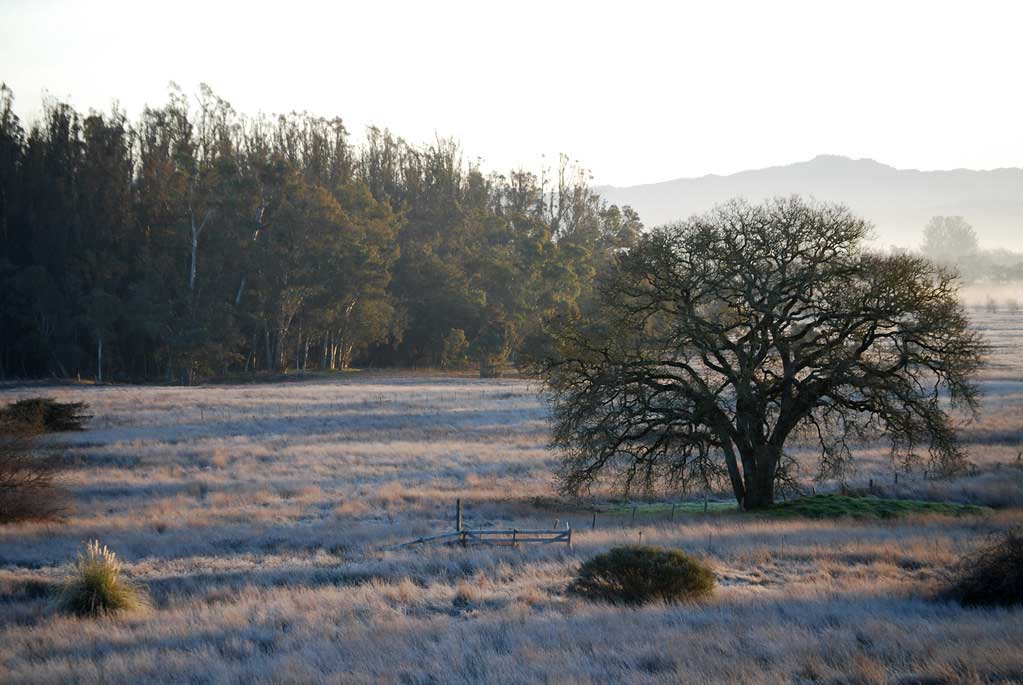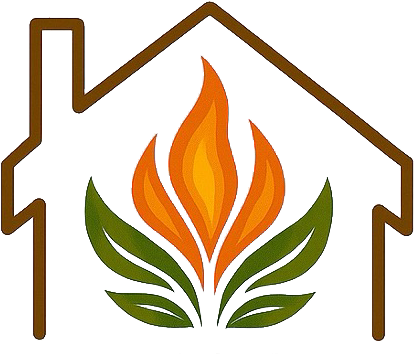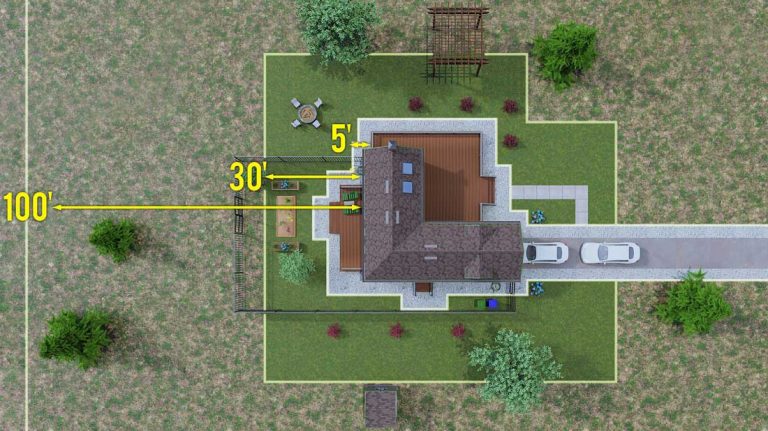When most people think about preparing for wildfire season, they picture hot, dry summer days. But at Elemental Land Management, we know the real work starts long before the first red flag warning.

Winter is not just an off-season—it’s the ideal time to get ahead of wildfire risk. From healthier landscapes to insurance savings, the benefits of winter vegetation management are real, measurable, and long-lasting.
Here’s why smart property owners start now:
1. Turn Prevention into Savings
Wildfire preparedness isn’t just about safety—it’s about smart financial decisions too.
California now requires insurance companies to offer discounts to landowners who take fire-mitigation seriously. That means creating defensible space, trimming trees, and removing fuel loads could translate into lower premiums and long-term savings.
And it’s not just about discounts. According to CAL FIRE data, proper fire hardening can reduce property damage by up to 90%. That’s a big return on a relatively small investment.
2. Catch Winter Damage Before It Becomes a Fire Hazard
Winter weather brings its own kind of chaos—windstorms, falling branches, and saturated soils can all leave behind problems that go unnoticed until it’s too late.
By inspecting and cleaning up your property during the winter months, you’re not only protecting your home from storm damage—you’re also removing fuel that could be dangerous come summer.
We identify risky limbs, dead trees, overgrowth, and vegetation too close to structures, so your property stays in shape year-round.
3. Get the Work Done Faster (and More Efficiently)
Ask any crew: working in cooler weather is just easier.
No sweltering heat. No work stoppages due to high fire danger. No seasonal restrictions on chainsaws or machinery. That means our teams can move faster and complete more thorough work—often at a lower cost—before the busy season hits.
In summer, the fire prevention calendar fills up fast. Wait too long, and you could find yourself on a wait list while fire season approaches.
4. Support the Land, Not Just the Structures
Fire prevention isn’t just about cutting things down. Done correctly, winter vegetation management actually supports the health of your land.
Trees and shrubs respond best to pruning when they’re dormant. Invasive species are easier to identify and remove. Native plants get more breathing room, improving biodiversity and reducing fire-prone underbrush.
We don’t just clear space—we work to restore balance. The goal is a landscape that’s defensible and regenerative.

